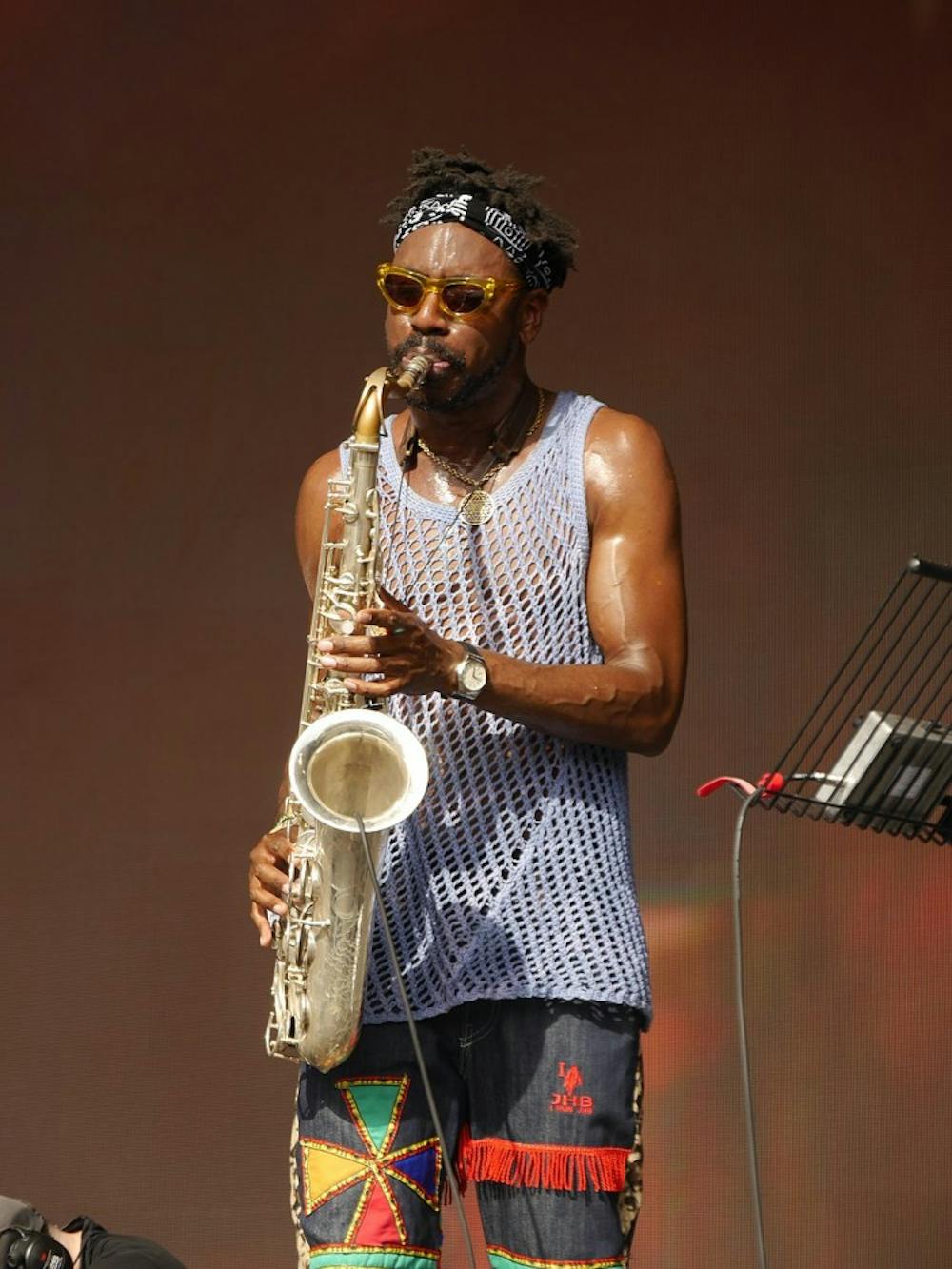Every young person deals with older people yelling about how this generation’s music is garbage compared to theirs. It involves some combination of a false equivalency, ignorance towards the modern genres and some claim to their geriatric authority.
More often than not, it is some statement such as, “Today’s rappers are nothing like the legends of my day. Like Grandmaster Flash — that was real music,” following the first time they hear “Gucci Gang.” Is Grandmaster Flash objectively better than Lil Pump? Yes. Does Lil Pump represent the pinnacle of hip hop talent and innovation? I’d argue not.
This tendency is at its worst when it comes to jazz. Any discussion of the genre is centered around the old greats; Miles Davis, John Coltrane, Thelonious Monk and so on.
However, the present is a very exciting and innovative time for jazz. The Sons of Kemet have infused elements of Caribbean, African and Middle Eastern sound into their unique take on the genre. The Ezra Collective has taken coffeehouse jazz and combined it with elements of Afrobeat that would make Fela Kuti proud. Flying Lotus (one of the mastermind producers behind To Pimp a Butterfly) has spent the last decade pushing Nu jazz to its creative limits, blending jazz with electronic and instrumental hip hop.
However, no group typifies the forward looking jazz collective as The Comet Is Coming. This UK-based trio is comprised of saxophonist Shabaka Hutchings (who is also a member of The Sons of Kemet), drummer Max Hallett, and keyboardist and synth player Dan Leavers.
The group put themselves on the map, or at least my map, with their album-of-the-year contender, Trust in the Lifeforce of the Deep Mystery, which was released in March of this year. In it, the trio mixes their three instruments into an expansive, space-age jazz-fusion project that is equal parts atmospheric and energetic.
While mostly instrumental, this project includes some spoken word that describes capitalist greed and ecological destruction that compliments its futuristic yet apocalyptic sound.
Since the first time I heard that album, I’ve been waiting for what they could bring to the table next. I was surprised when just six months later, earlier this month, the group released their second album of the year: The Afterlife. But this new album is not necessarily separate from the last.
When it was released, the band put out a statement with it: “The Afterlife is with us! It can be seen as a companion to Trust in the Lifeforce of the Deep Mystery. Like day and night, light and dark, creation and destruction, they cannot exist without each other.”
Indeed, The Afterlife presents a similar soundscape to its predecessor, although through a much more muted lens. The first track on the album, “All That Matters Is The Moments,” is the only lyrical song in its short runtime. It features poet Joshua Idehen giving a rhythmic spoken-word performance about the insignificance of our existence in this universe.
However, the lesson is not that we should all succumb to a state of nihilistic pessimism, but rather, as the title suggests, that we should cherish what we have, regardless of its unimportance.
Now, the rest of the runtime is instrumental. I understand that can be a turnoff for a number of people, but I would encourage each and every one of you to go into it with an open mind. The compositions produced are as filled with content as the most articulate and lyrically dense music out there. On the titular track, the saxophone is played extraordinarily loud, while it is mixed very low, resulting in the instrument straining, pleading to be heard over the heavy synths.
Meanwhile, on “The Seven Planetary Heavens,” the sax is performed calmly, but when mixed above the synths, the combination results in a clear, mellow sound. A simple strategy such as this results in songs with vastly different tones and emotions. Yet, at the same time, they remain cohesive through their shared soundscape.
I’ve used this term a few times now: soundscape. That is because this is what The Comet is Coming does best. Their music feels like it occupies a physical space. The drums and synths are complex, layered on top of each other, creating a complex environment for the saxophone to traverse.
There is motion on the top of the mix, but the rhythm creating drums and a persistent synth provide a stationary stage for the sonic action to occur. This stage persists from song to song, creating cohesion between, say, the noisy, abrasive track, “Lifeforce Part I” and the upbeat, funky “Lifeforce Part II.”
Upon the conclusion of the album, I was left a little wanting. At just six tracks spanning 32 minutes, it is a significantly smaller project than its predecessor. That being said, as the second half of a larger project, it completes the narrative of the first album.
The anxiety of the death of our own world is reduced to a reluctant acceptance of its unimportance in the first place.





